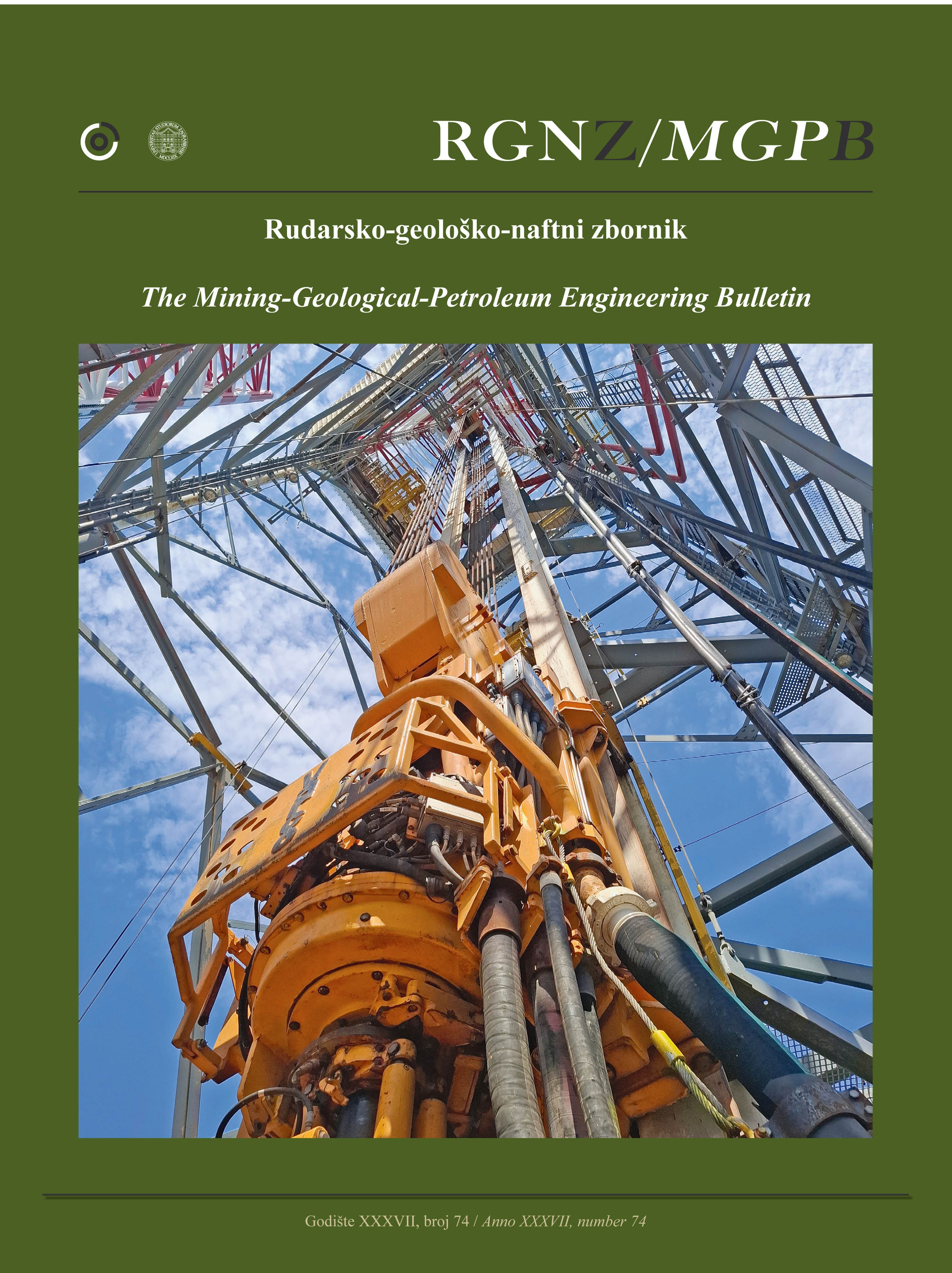Satellite Image Enhancement Using Deep Learning and GIS Integration: A Comprehensive Review
DOI:
https://doi.org/10.17794/rgn.2025.3.8Keywords:
deep learning, GIS, neural networks, satellite images, image enhancement, super resolutionAbstract
A comprehensive review of 32 studies (20 journals, 11 proceedings, and one book chapter) published from 2016 to 2023 in the fields of deep learning (DL), image enhancement, super-resolution image, and Geographic Information System (GIS) is presented, focusing on the integration of DL methodologies with GIS to improve the quality of satellite images. The review summarizes the background, principles, enhancement quality, speed, and advantages of these technologies, comparing their performance based on metrics such as Peak Signal-to-Noise Ratio (PSNR), Mean Squared Error (MSE), Root Mean Squared Error (RMSE), Structural Similarity Index Measure (SSIM), and computation time. Satellite remote sensing technologies, which have provided an efficient means of gathering spatial information since the launch of Landsat 1 by NASA in 1972, have recently advanced to enable the collection of high-resolution satellite (HRS) images (≤30 cm). However, factors such as atmospheric interference, shadowing, and underutilization of sensor capacity often degrade image quality. To address this, satellite images require enhancement, and DL has emerged as a powerful tool due to its ability to model complex relationships and accurately recover super-resolution images. While DL and neural networks have demonstrated significant success in natural image enhancement, their application to satellite images presents unique challenges. These challenges include insufficient consideration of the distinct characteristics of satellite imagery, such as varying spatial resolutions, sensor noise, and spectral diversity, as well as the reliance on modelling assumptions that may not align with the complexities of satellite data. This highlights the need for further investigation into advanced DL approaches tailored specifically for this domain.
Downloads
Published
Issue
Section
License
Copyright (c) 2025 Dalia Hussein, Mohamed A. Yousef, Hassan A. Abdel-Hak, Yasser G. Mostafa

This work is licensed under a Creative Commons Attribution 4.0 International License.
Creative Commons-BY
Authors who publish with this journal agree to the following terms:
In agreeing this form, you certify that:
- You read the ethical codex of the RGN zbornik available at journal web.
- You submitted work is your original work, and has not previously been published and does not include any form of plagiarism.
- You own copyright in the submitted work, and are therefore permitted to assign the licence to publish to RGN zbornik.
- Your submitted work contains no violation of any existing copyright or other third party right or any material of an obscene, libellous or otherwise unlawful nature.
- You have obtained permission for and acknowledged the source of any illustrations, diagrams or other material included in the work of which you are not the copyright owner.
- You have taken due care to ensure the accuracy of the work, and that, to the best of your knowledge, there are no false statements made within it.
- All co-authors of this submitted work are aware of, and in agreement with, the terms of this licence and that the submitted manuscript has been approved by these authors.
Publication licence
You retain copyright in your submitted work, according to journal license policy (CC-BY). By signing this form you agree that RGN zbornik may publish it under the publication licence. In summary the licence allows the following:
Anyone is free:
- To copy, distribute, display, and perform the work.
- To make derivative works.
Under the following conditions:
- The original author must always be given credit.
- The work may not be used for commercial purposes.
- If the work is altered, transformed, or built upon, the resulting work may only be distributed under a licence identical to this one.
Exceptions to the licence
In addition to publishing the work printed under the above licence, RGN zbornik will also enable the work to be visible online.
The journal editorial can change the licence rules anytime but it cannot retroactively restrict author(s) rights.


